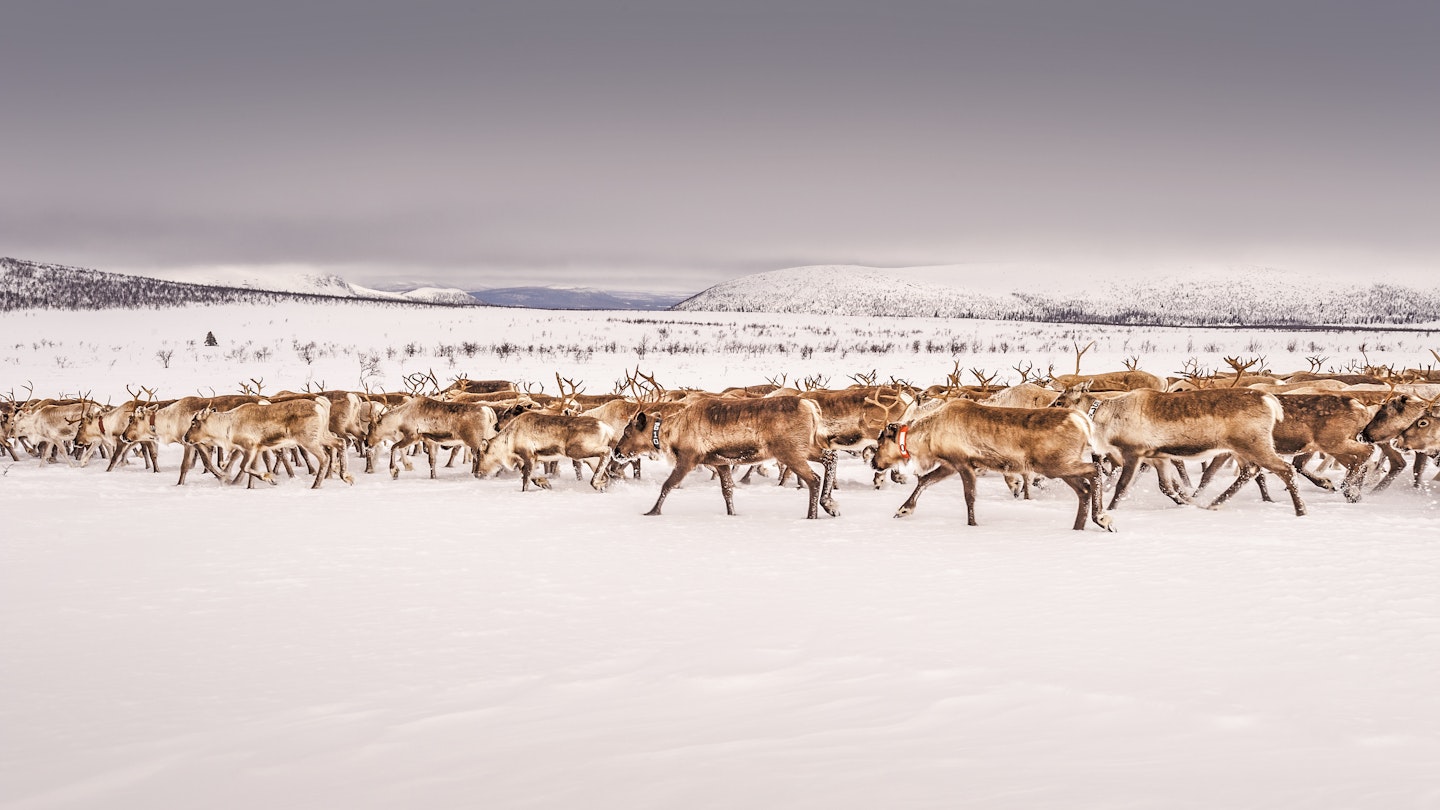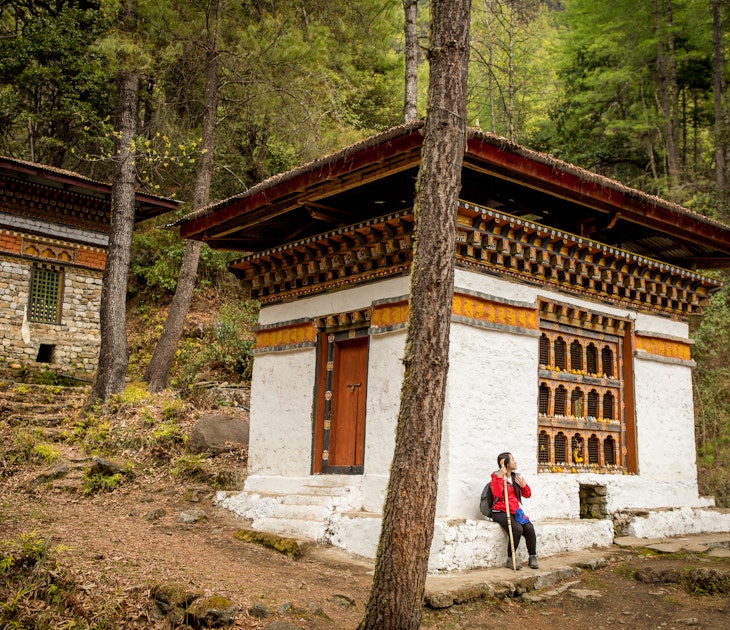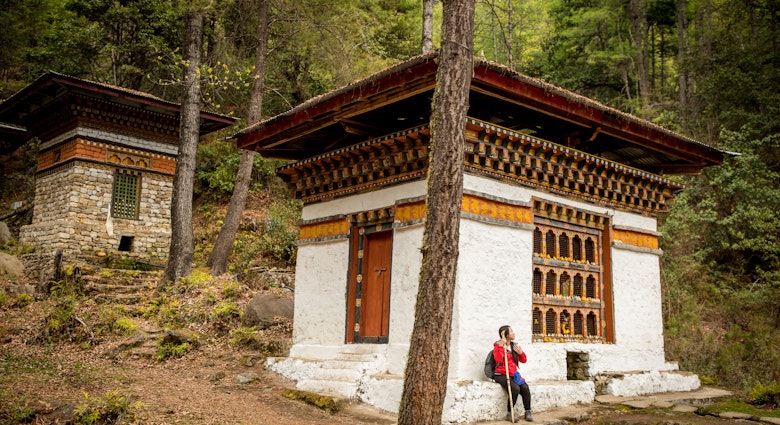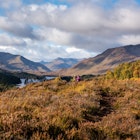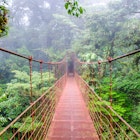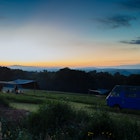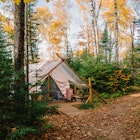Once upon a time, everyone had a wilderness on their doorstep, but, as the world industrialized, wildlife was pushed to the fringes and many people started to lose their connection to the natural world.
The good news is that the rewilding movement is trying to reverse this trend by restoring plundered ecosystems or at the very least giving them space to restore naturally.
The movement is particularly strong in Europe, where species such as bison, beavers and wolves are now returning to regions they were once driven out of. Here are some of the continent’s most exciting rewilding sites, where travelers can rediscover nature’s enchanting spirit.

Birdlife in Knepp, England
Knepp was an intensive farm devoid of wildlife, but then its owners decided to do something radical: nothing. They simply let wildlife reclaim the land and today this savannah-like estate in West Sussex, southeast England, has become a hotbed of biodiversity, supporting species that have long since vanished from other parts of the UK, including the turtle dove, nightingale and cuckoo. It's still a working farm (there are free-roaming cows and pigs), but nowadays it's better known for its wildlife safaris and glamping.
16 stunning eco-hotels for the environmentally conscious traveler
Beavers in the River Tay, Scotland
The return of the beaver to Scotland was controversial, with farmers claiming the tree-gnawing critters damaged their land. But scientists reckon their return to the River Tay in Perthshire has been a boon for biodiversity and helped reduce flooding. As well as working the woods, beavers have also engineered new opportunities for tourism; visitors can take part in beaver canoe safaris and walking tours, which give tourists the opportunity to spy kingfishers, red squirrels and otters as well.
Exploring Scotland's magical Hebrides islands
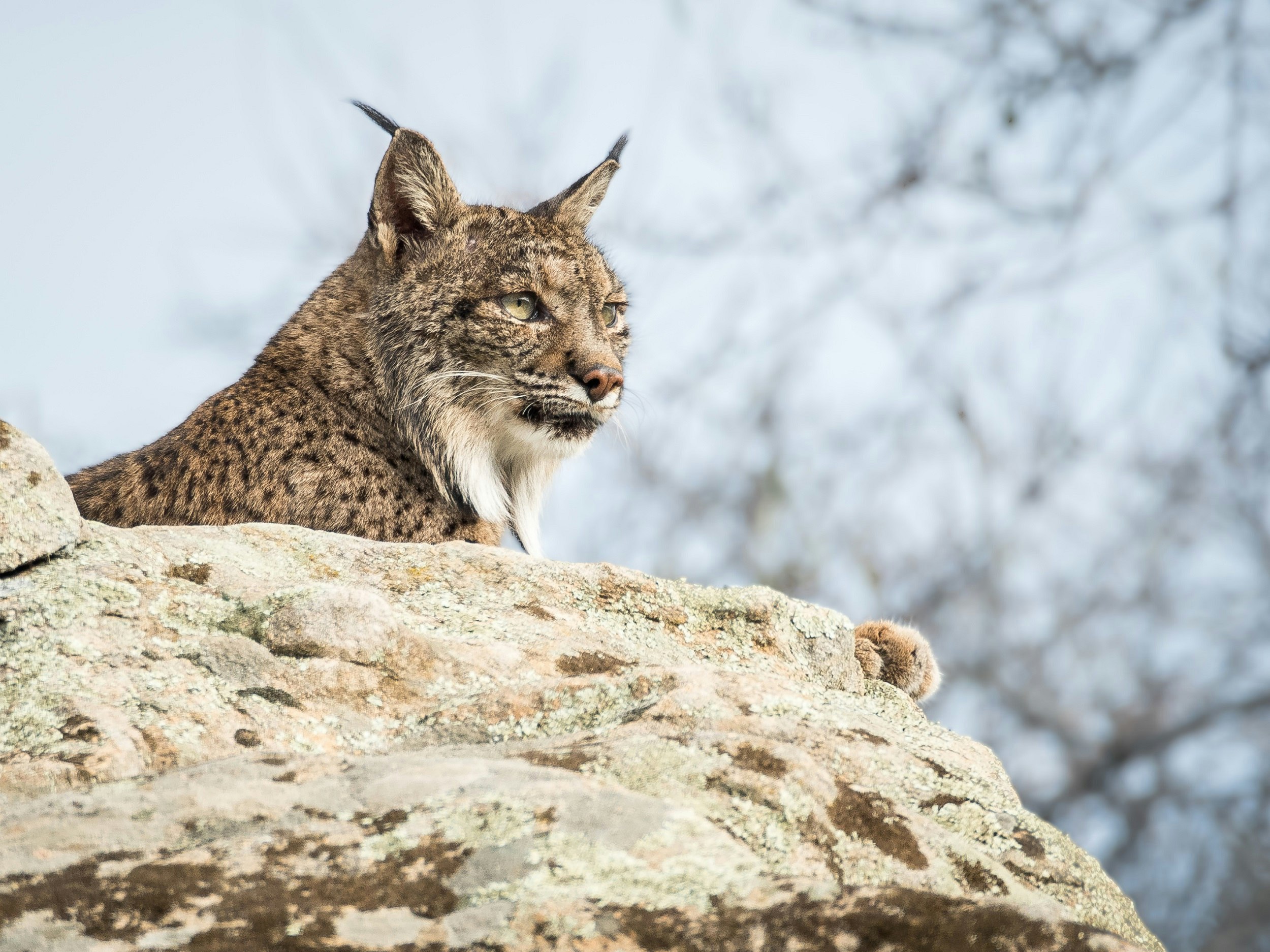
Iberian lynx and wolves in the Coa Valley, Portugal
Rural depopulation has left swathes of Portugal’s Coa Valley ripe for rewilding. And as livestock and agriculture move out of the plains, conservationists are reintroducing native grazers – such as roe deer, bulls, and horses – to restore the landscapes and make them more habitable for species like the Iberian lynx and Iberian wolf. This has boosted nature-based tourism in the area. A number of African-style camps (courtesy of the European Safari Company) have been set up for tourists looking to chart the progress of this increasingly feral region, which is also home to ancient cave paintings.
Why the Azores are Europe's secret islands of adventure

Community collaboration in Lappland, Sweden
Dubbed "Europe's Alaska", Swedish Lappland is already pretty wild with its glistening glaciers, Sami reindeer herders and wild wolves. But a number of rewilding projects are underway to make it more untamed, including river restoration to reverse damaging anthropological activities and increase fish populations. The organization, Rewilding Lapland, is also fighting to save old-growth forests from mining and support guided reindeer migration. To help it do this, it has collaborated with Sami communities to provide wildlife-watching safaris and eco-camping opportunities.
Sweden's most beautiful beaches: from sunbathing near the Arctic Circle to lakeside lounging
Bison in the Carpathian Mountains, Romania
Bison are back in Romania's Carpathian Mountains following another successful reintroduction program by Rewilding Europe. More than 100 of the animals now roam the region, creating new opportunities for other species to thrive thanks to their voracious grazing. The hope is that breeding among the herd will lead to a viable population of 150 bison. This boon for nature is also benefitting locals as bison-related tourism opportunities increase. It’s not just bison to look out for on your visit; the Carpathian Mountains are also home to wolves, lynx and bears.
Top Bucharest festivals to plan a trip around

Vultures, wolves and more in the Rodopi Mountains, Bulgaria
One of Rewilding Europe's flagship projects is happening in Bulgaria's Rodopi Mountains, where red deer and fallow deer are being released to "close the circle of life" – or, in other words, provide food for the region's struggling European vultures, as well as the wolves, jackals, and brown bears that live here. Steppes and forests are also being restored to their former glory in the mountains, where, as well as hiking and wildlife watching, visitors can go skiing, marvel at mad rock formations and explore traditional Bulgarian villages.
Explore the Balkans on these four epic drives
Revitalized lake district in Lusatia, Germany
Once the black heart of East Germany's coal industry, Lusatia’s defunct coal pits are being turned into the largest artificial lake district in Europe. Many of the lakes are for recreation, but some have been set aside for nature. It’s not all water; Lusatia’s post-industrial landscapes also feature savannah-like plains, some of which have been left for nature to reclaim. In a remarkable reversal of fortunes, you can now hear wolves howling from the old pits – a battle cry from nature as it reclaims the land. The region could be considered a metaphor for humanity’s necessary, but difficult, transition from fossil-fuel dependency to a zero-carbon future.
6 must-do hikes in Germany's picturesque countryside
You might also like:
Europe’s top 10 scenic train journeys
The world's eco-luxury resorts that are worth the hype
Serengeti's Great Migration: the world's ultimate wildlife spectacle
